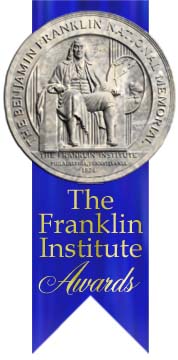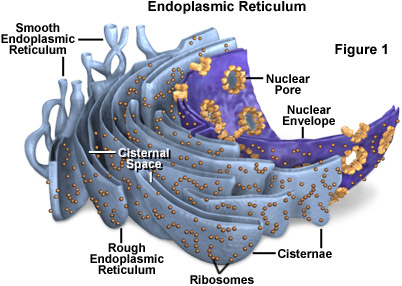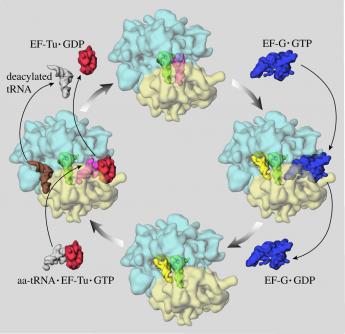What's a Ribosome? Who is Joachim Frank?

|
| The Franklin Institute Award |
Every year for many years, the Franklin Institute has been picking eminent scientists, and awarding them prizes. It has already selected over eighty awardees before they won Nobel Prizes, searching out talent, not merely fame. Albert Einstein, Thomas A. Edison, Madame Curie, Bill Gates and a host of other famous scientists have been awarded Franklin Institute Prizes, going back longer than the Nobel Prizes themselves for many years. The awards dinners are usually held in the Spring of the year, and the Institute is completely filled with attendees. In fact, for the past few years the seats have been completely sold out before the invitations are in the mail. It's expensive to attend, the food is outstanding, and it's certainly the most prestigious scientific event of the Philadelphia social season. However, there's something you need to know. The awardees give only the briefest of speeches at the dinner; a full presentation of their scientific work is given on a different day, usually the day before the dinner. If you really have scientific aspirations, we expect to see you at the seminar, where the most eminent scientists the Institute can find explain their work in full scientific detail. At the seminars, they show the audience very little mercy, although the cupcakes and coffee are pretty good.

|
| Joachim Frank |
This year, the most astonishing life scientist was Joachim Frank. He's now on the faculty of Columbia University, but he originally comes from Germany, and did most of his scientific work at General Electric in upstate New York. Much or most of that time was spent taking (electron) photographs of a single molecule, the ribosome, at short intervals and from many different angles. You really have to believe in what you are doing, to take 80,000 photographs of a single molecule. But putting them together amounts to constructing a movie, and a movie of one molecule in action tells you a great deal about what the molecule is doing. That's assuming you believe the molecule is moving around doing something, which is an insight that most of us wouldn't even think of. A ribosome molecule is a rather large one, covered with knobs which are thinly attached to the main molecule. The knobs waggle around on their narrow attachments, more or less in continuous movement because of the "Brownian movements" of the internal atoms. As soon as microscopes got good enough to see molecules this small, it was clear that the electrons jiggle because the cell constituents are internally composed of atoms, but it was never clear what purpose was served by jiggling the atoms.

|
| Endoplasmic Reticulum |
By watching the synthetic movies derived from photographing the ribosomes, it eventually became clear that the knobs were jiggling on the surface of the ribosome in a purposeful way. And eventually it emerged that the ribosome was constructing ribbons of protein molecules in a way that resembled a zipper, using messenger RNA as the template. The RNA in turn was an expanded, or decoded, version of DNA in the cell nucleus. It was originally believed that RNA was just an expanded version of DNA, but chromosomes contain many instructions for different versions of RNA to emerge from a single DNA. Essentially, the ribosome then make many copies of RNA, once the particular expanded version has been selected and decoded.

|
| Ribosomes |
You can get some idea of what cellular life is all about, by learning that every cell has hundreds of ribosome molecules strung out on a sort of net, called the reticulum. Every cell of everybody's body, or dinosaur body, or leaves on every tree, is full of a great many zippers, all busily churning out wads of duplicate proteins. And most cells are made up of proteins, doing something or other to neighbor proteins. Presumably, most diseases consist of abnormally modified proteins, and future drug therapies will require huge vats of modified proteins, calculated to dilute, modify or supplant abnormal ones. Looking back on centuries of chemistry experiments with small molecules, we can easily imagine that the past history of drug chemistry is only a minute happenstance in an environment which is largely made up of big proteins. Chemical boutiques redesigning and modifying new RNA proteins are easily imagined, and Joachim Frank has certainly discovered the elements of how to make such new drugs, by the ton.
Originally published: Thursday, June 05, 2014; most-recently modified: Friday, June 07, 2019